Bridging Tradition and Innovation in Anatomy Education
Sep 01, 2025
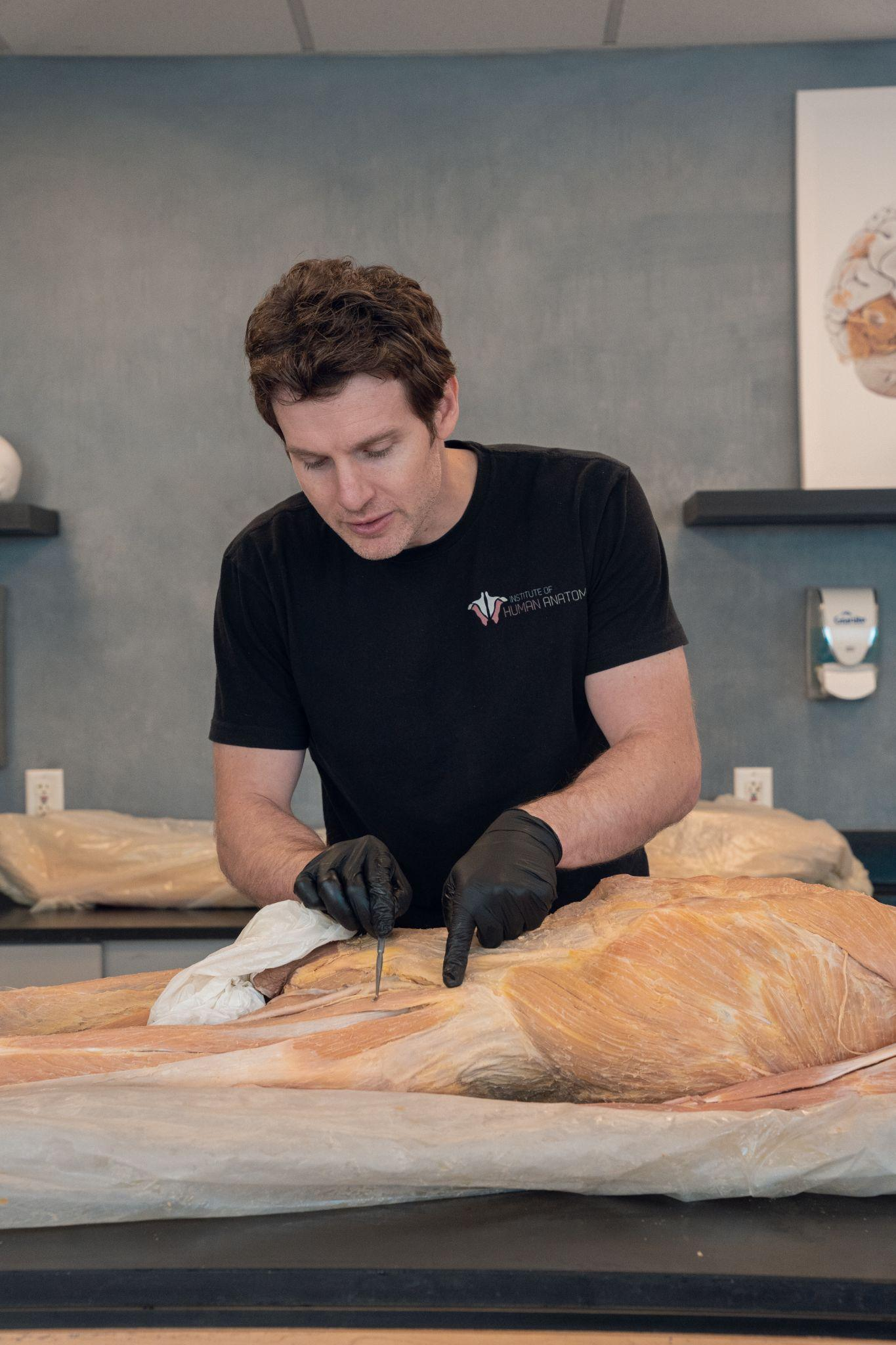
Anatomy, the cornerstone of medical science, has been studied through cadaver dissection for centuries. Yet, as technology reshapes education, a new era emerges where digital tools enhance, rather than replace, the irreplaceable value of hands-on cadaver labs. At the Institute of Human Anatomy (IOHA), we champion this synergy, blending time-tested methods with innovations like online courses to create a holistic learning experience.
Whether you’re a medical student, educator, or anatomy enthusiast, this guide explores how technology democratizes access to anatomical knowledge while preserving the tactile, irreplaceable lessons of cadaver-based learning.
1. The Timeless Value of Cadaver-Based Learning

Why Cadavers Remain the Gold Standard
Cadaver dissection offers unparalleled insights into the human body’s complexity. Unlike digital models, cadavers reveal:
- Real-World Variability: No two bodies are identical. Cadavers showcase anatomical variations like duplicated nerves, ectopic organs, or scarred tissues from past surgeries.
- Pathology in Context: Observing conditions like atherosclerosis or tumors in cadavers bridges textbook diagrams to clinical reality.
- Tactile Learning: The resistance of ligaments, texture of muscles, and fragility of vessels can’t be replicated virtually.
Ethical and Educational Challenges
Despite their value, cadavers pose limitations:
- Scarcity: Many institutions lack access due to cost or donor shortages.
- Ethical Sensitivity: Donor programs require strict ethical protocols, as highlighted in our State Anatomical Donor Programs guide.
- Single Use: Dissection is irreversible, limiting opportunities for review.
IOHA’s Approach:
We believe there is no better way to learn anatomy than through the use of real human cadavers. However, supplementing the learning experience with various learning modalities provides a more comprehensive education experience and can adjust for individual learning styles.
2. 3D Anatomy Software: Visualizing the Invisible
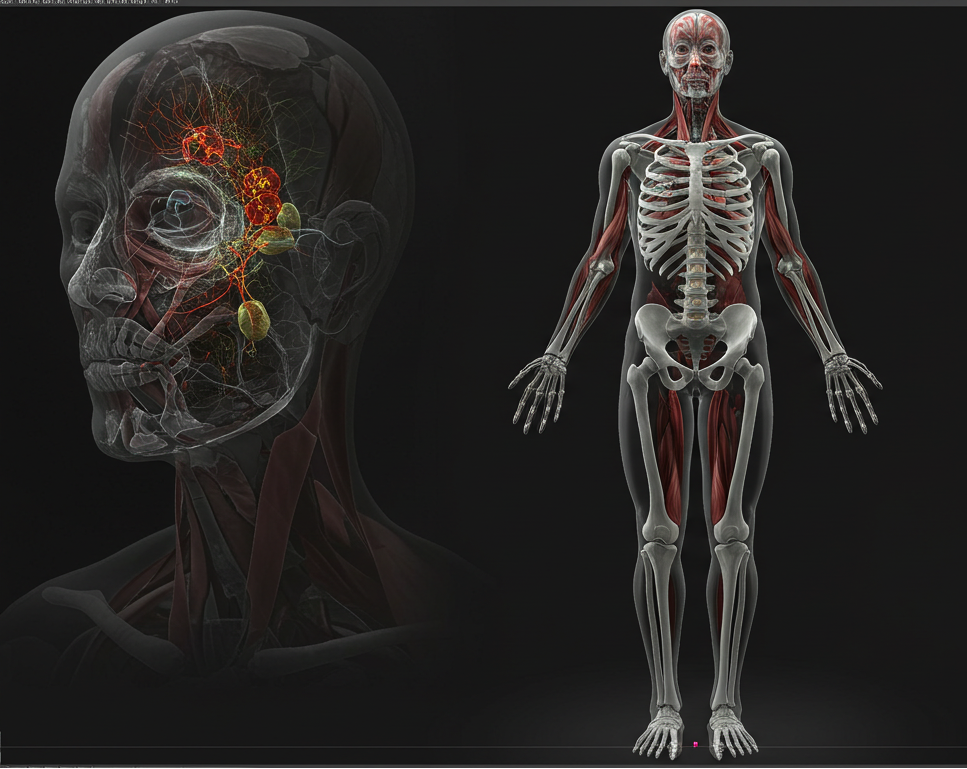
How 3D Tools Transform Learning
Platforms like Complete Anatomy and BioDigital allow users to:
- Layer Structures: Peel back muscle layers to reveal nerves or blood vessels.
- Animate Systems: Watch the heart’s valves open/close or track neural impulses in real time.
- Study Rare Cases: Access thousands of models showing congenital defects or trauma.
Research Insight:
These findings suggest that integrating 3D tools like Complete Anatomy or BioDigital could be a valuable addition to our curriculum in the future.
If you're interested in exploring this further, here's the link to the study: Immersive Virtual Reality is a Game Changer for Anatomy Education.
3. Virtual Dissection Tools: Scalpels Without the Scalpel
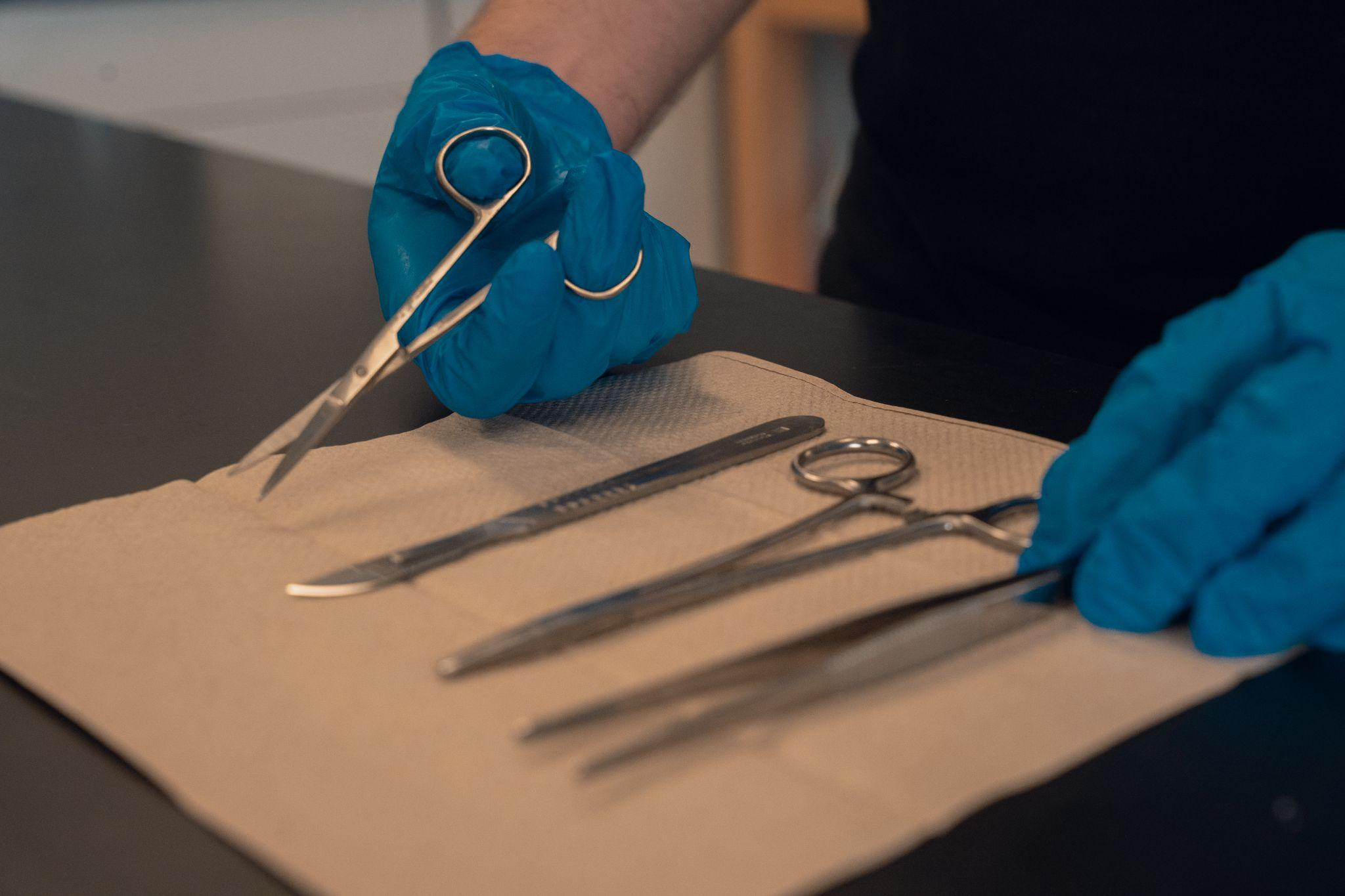
The Rise of Digital Dissection
Tools like Anatomage Table and Visible Body let users perform various tasks.
- Isolate Structures: Click to remove a kidney or highlight the brachial plexus.
- Simulate Pathologies: Explore aneurysms, fractures, or herniated discs.
- Repeat Procedures: Practice suturing or catheterization risk-free.
Bridging Gaps in Remote Education
During the COVID-19 pandemic, IOHA’s Online Anatomy Courses integrated real dissection modules through detailed video content to serve students unable to attend labs. For example:
- Cardiac Anatomy: A nursing student in rural Wyoming used IOHA real dissections to master coronary artery pathways before clinical rotations.
- Orthopedic Training: Physical therapists practiced identifying rotator cuff injuries using IOHA real cadaver dissections presented through high-quality video content.
Pro Tip: Pair virtual dissection with our Quiz Pack Bundles to test your knowledge .
4. Online Anatomy Courses: Learning Beyond the Lab
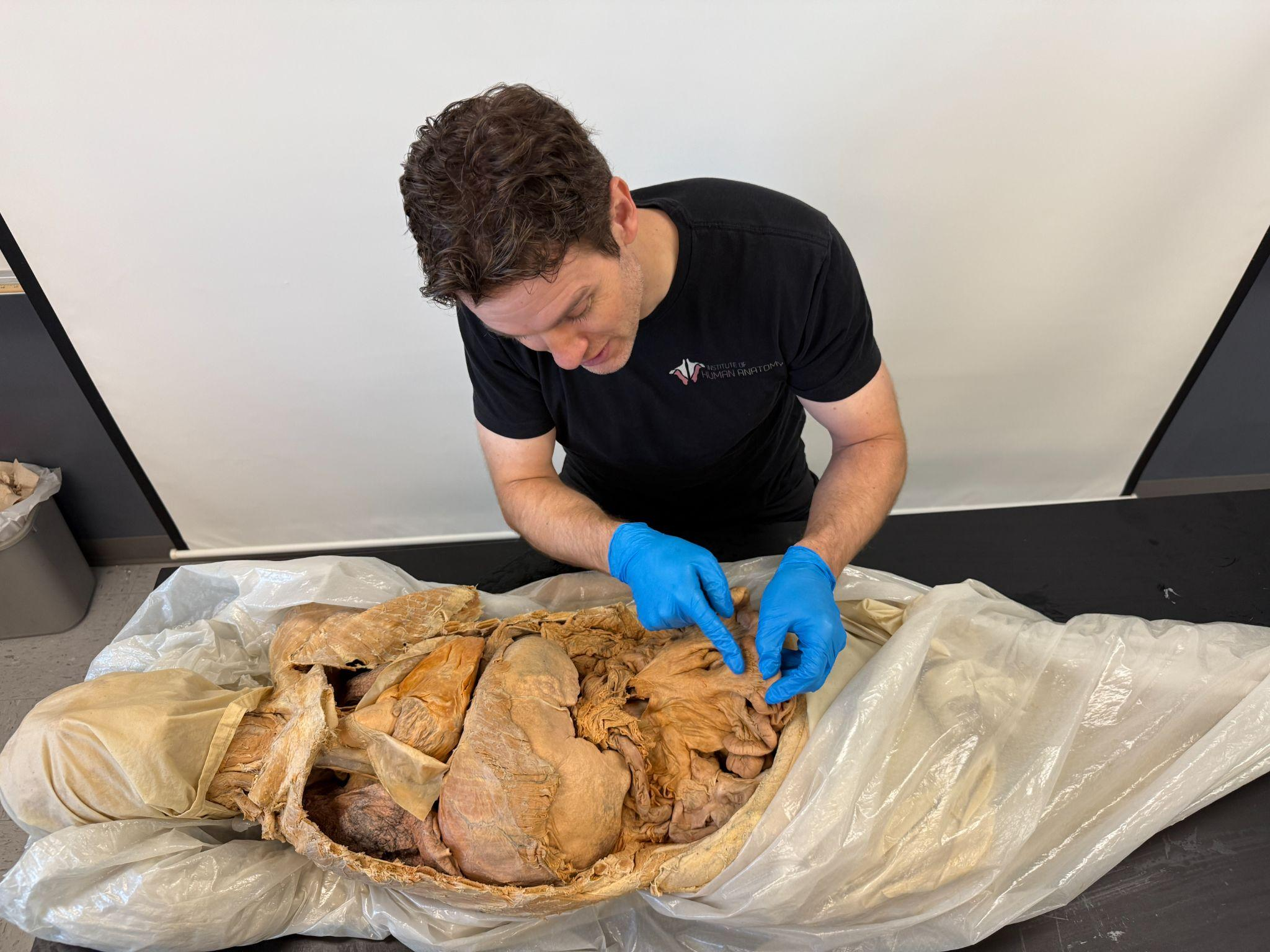
The Flexibility of Digital Classrooms
IOHA’s online courses cater to diverse learners:
- Self-Paced Modules: Revisit complex topics like cranial nerve functions or pelvic anatomy on your own schedule.
- Interactive Quizzes: Reinforce learning with instant feedback on modules like "Muscle Origins and Insertions."
Featured Resource:
Our Top Resources for Learning Anatomy lists free and paid apps to help you master anatomy effectively
5. The Synergy of Tech and Tradition
- Blended Learning Adapted for IOHA
- With IOHA’s self-paced modules, learners can deepen their understanding by exploring detailed cadaver-based digital content on their own schedule, reducing stress and building confidence. Learners can revisit interactive digital resources anytime to reinforce concepts and fill knowledge gaps.
IOHA’s Hybrid Model:
In our Esthetics Course, learners study cadaveric facial layers to understand real-world anatomical variability and practical application.
6. The Future: AI, AR, and Personalized Learning at IOHA
AI-Powered Study Support
At IOHA, emerging tools help personalize your learning experience. As you work through self-paced modules, AI-driven features can highlight areas where you may need extra review. For example:
Weakness Detection
If you consistently struggle with topics like the brachial plexus, the system recommends targeted quizzes and supplementary resources.
Augmented Reality (AR) for Enhanced Visualization
While IOHA’s focus is on self-paced, digital anatomy education, AR technology is an exciting area of development in clinical training. The National Institutes of Health (NIH) highlights AR’s potential to improve anatomical understanding and reduce medical errors in clinical practice.(read more).
Conclusion: Anatomy Education for Every Era
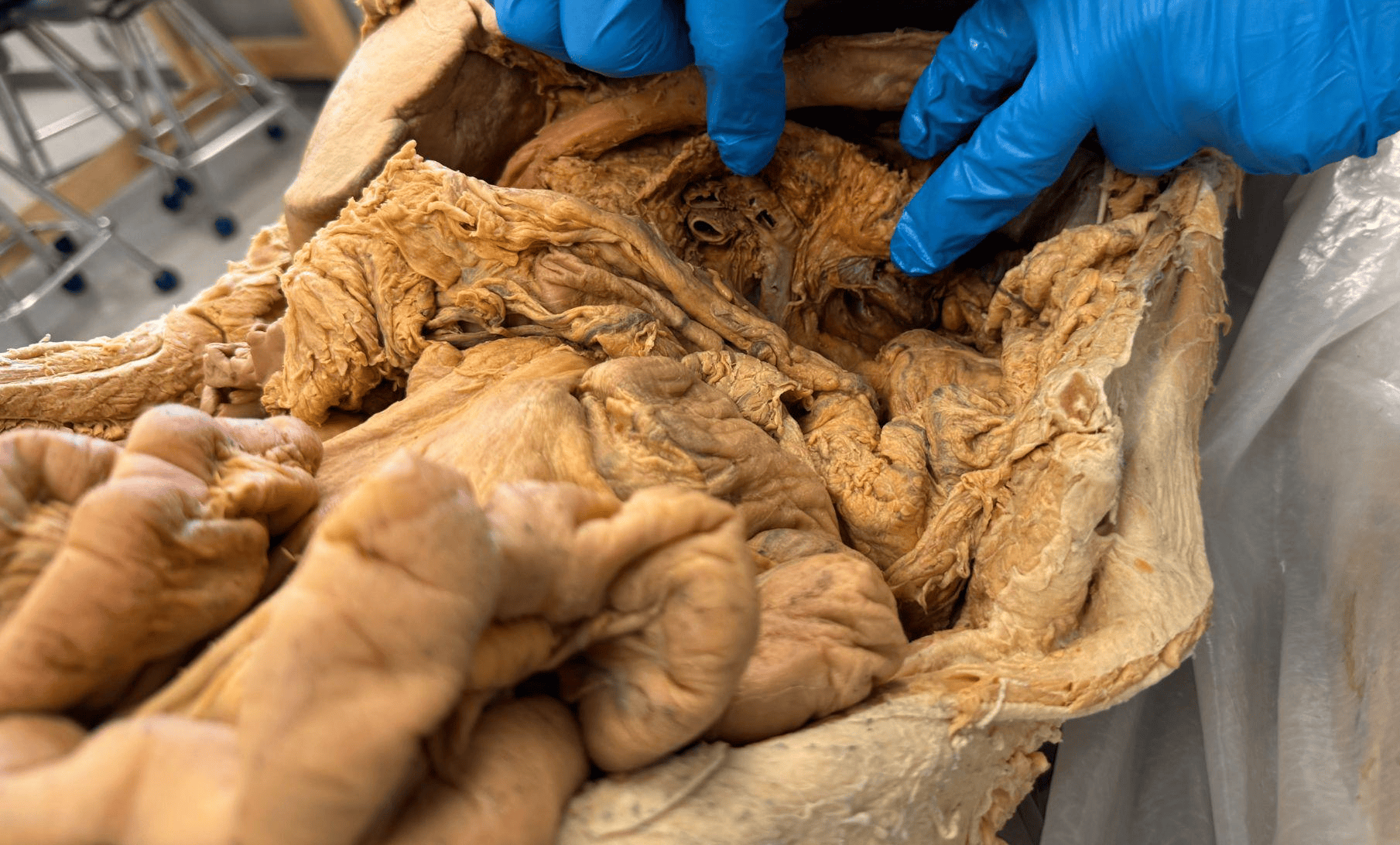
The future of anatomy isn’t about choosing between cadavers and computers—it’s about harnessing both. At IOHA, we’re committed to evolving with technology while honoring the legacy of cadaver-based learning.
Take Your Next Step:
- Enroll Today: Master anatomy with our Foundations of Human Anatomy course.
FAQs
- How does technology enhance cadaver-based anatomy learning?
Technology like 3D software and VR complements cadaver-based learning by providing interactive visualization and unlimited practice opportunities without damaging specimens. - What are the main benefits of virtual dissection tools?
Virtual dissection allows repeatable practice, accessibility for remote learners, and visualization of rare anatomical variations not always available in cadaver labs. - Can online anatomy courses replace traditional lab experience?
While online courses offer flexibility and foundational knowledge, hands-on cadaver work remains essential for developing practical surgical and diagnostic skills. - What technology does IOHA use in its anatomy programs?
IOHA combines cadaver labs with medically illustrated atlases, premium quality video content, and online courses for a comprehensive hybrid learning experience. - How will AI impact future anatomy education?
AI will personalize learning through adaptive tutorials and enable realistic surgical simulations, while AR will overlay anatomy onto live patients for clinical training.


